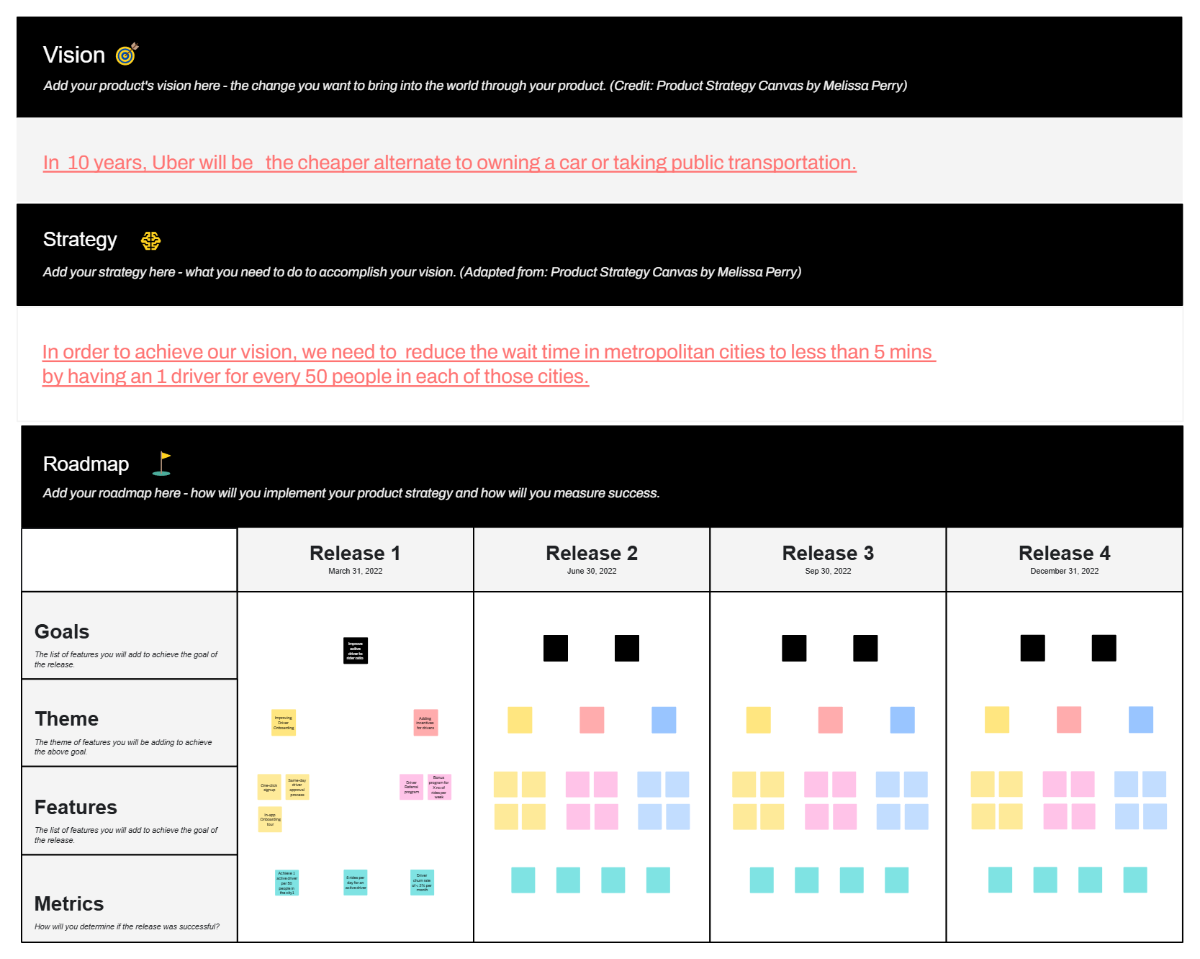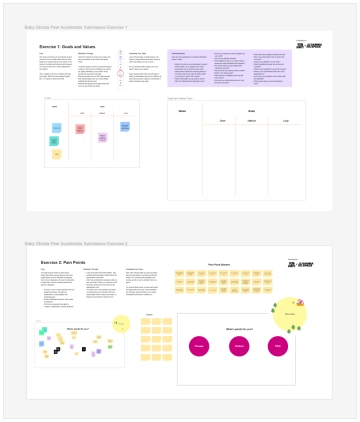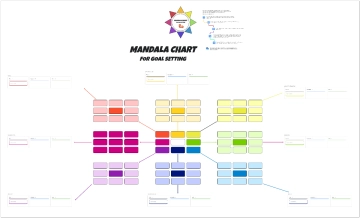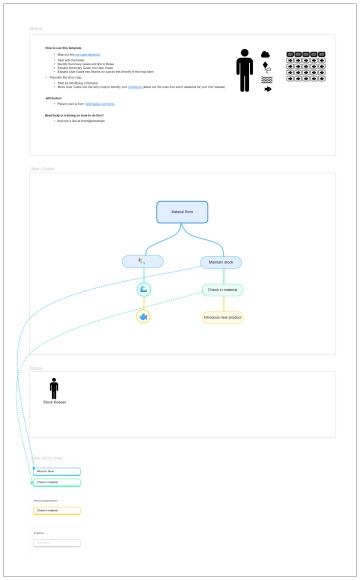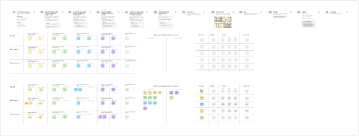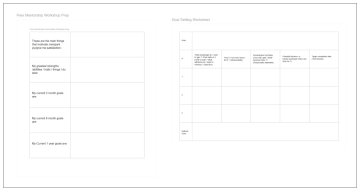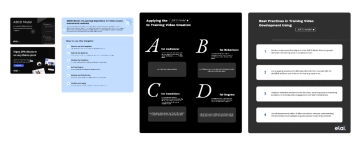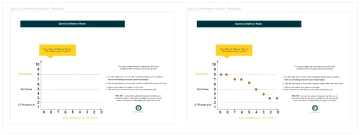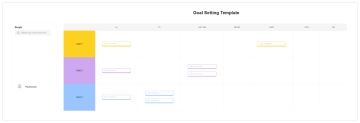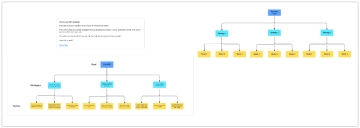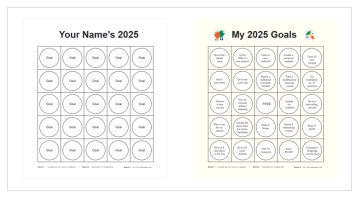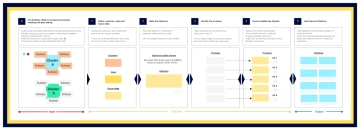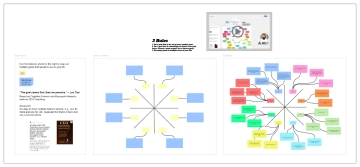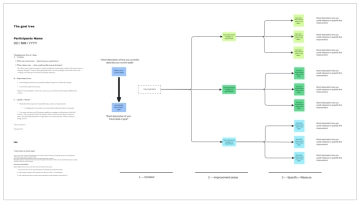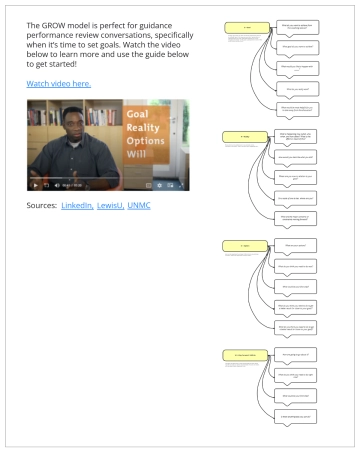Free Goals-based Roadmap
The chart outlines Uber’s product vision, strategy, and roadmap for 2022, presenting a structured plan toward achieving long-term market efficiency and affordability. The vision emphasizes that within 10 years, Uber aims to become a cheaper alternative to owning a car or taking public transportation, positioning itself as a cost-effective mobility solution. The strategy focuses on reducing wait times in metropolitan cities to under five minutes by maintaining one active driver for every 50 people, ensuring optimal service coverage and customer satisfaction. The roadmap is divided into four quarterly releases—March 31, June 30, September 30, and December 31, 2022—each outlining Goals, Themes, Features, and Metrics to guide progress. The first release centers on foundational improvements such as driver onboarding, incentive programs, and operational efficiency, followed by subsequent releases emphasizing scalability, enhanced rider experience, and performance optimization. The chart visually integrates multi-colored sticky notes representing action items like feature updates, market tests, and process metrics that support Uber’s growth toward its target vision. The metrics section is designed to measure success across each release cycle, likely tracking KPIs such as driver activity rate, ride volume per city, and customer wait time reduction. Overall, the roadmap communicates a clear and data-driven strategy linking Uber’s vision of affordability to tangible operational milestones through quarterly planning, ensuring that both driver and rider experiences improve systematically across the implementation year.
